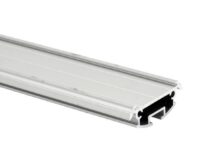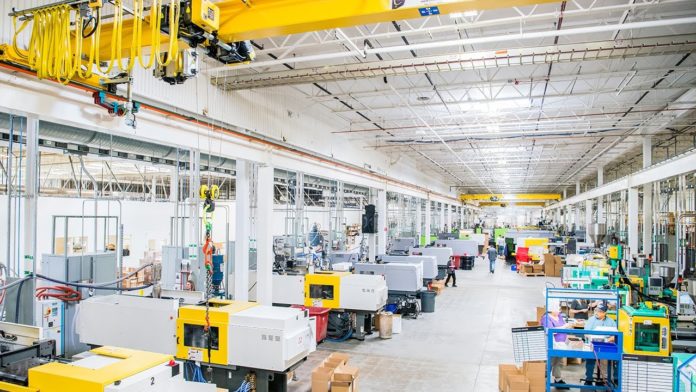
When it comes to stocking any industry that requires plastic parts, it’s all made possible through plastic injection molding.
Plastic is a component that sees its use across thousands of industries. You could argue that this component is vital for how everything in our society operates. Everyone from the manufacturers themselves to the consumers uses such material.
This might come in literary any shape or form, and that’s precisely why plastic injection molding is so important.
But to paint the whole picture, we need to start from the very basics of how it actually works.
How Does It work?
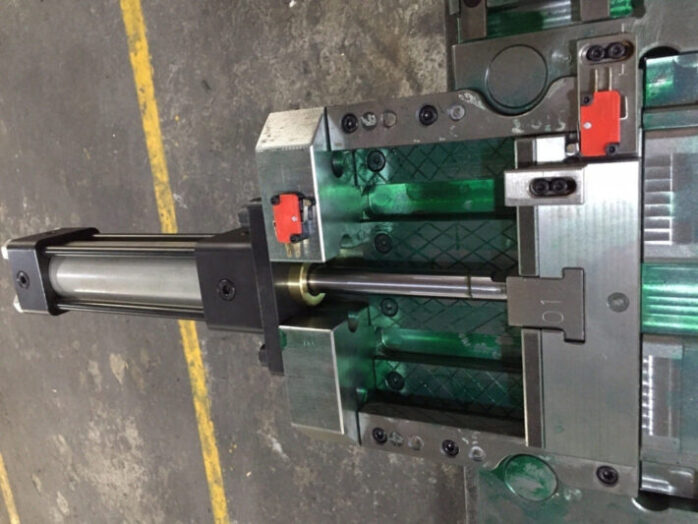
Whenever such a material part needs manufacturing, a mold (usually from metal) is created. This mold is essentially the blueprint for the part. The mold is then filled with plastic and goes through the manufacturing process.
As you might imagine, every part can go through a different process, depending on what you actually need it for. It might have a single cavity, or it can have multiple cavities. It might be manufactured to withstand high temperatures, or it might not have that ability.
Regardless of what, plastic injection molding has grown so much that it can provide manufacturers these options. And, as we said, each one undergoes a different process depending on what you need the part for.
When a part is created, the mold can then be reused again and again and again and undergo the very same process.
What Are the Benefits?
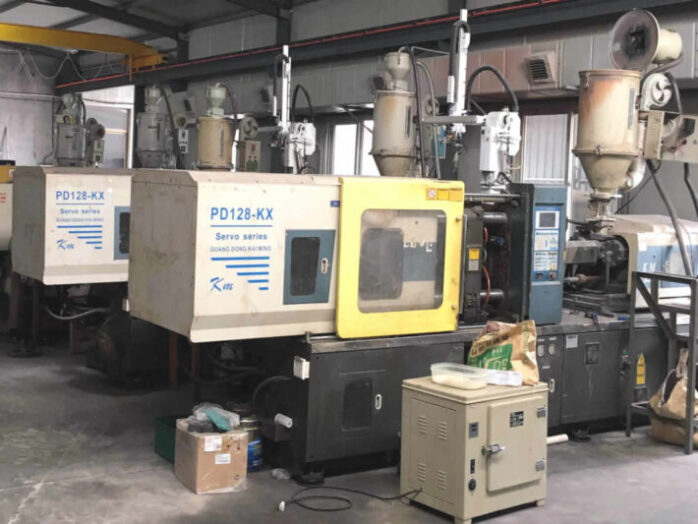
There are clear and obvious benefits when it comes to using plastic injection molding in our current society. The one that should go without mentioning is that it allows for a large volume of high-quality units to be produced, instantly ready to go into production.
Other benefits include the following:
Metal to Plastic Conversion
This process makes it possible for manufacturers to lower costs for parts and moving from metal to plastic. With all that said, some parts are required to be made from metal but others don’t. This is where manufacturers can save a lot.
Lower in Weight
Another obvious benefit is that parts manufactured from such materials are significantly lower in weight than those that are made from metal or metallic components. Each industry can benefit greatly from this by not only its components lower in cost but also lower in weight.
No Corrosion
While plastic is a less durable component than metal, it’s still resistant to corrosion. Corrosion can eat any metal and slowly degrade it making it unreliable.
Plastic, on the other hand, faces no corrosion issues making it the perfect material for things we use every day.
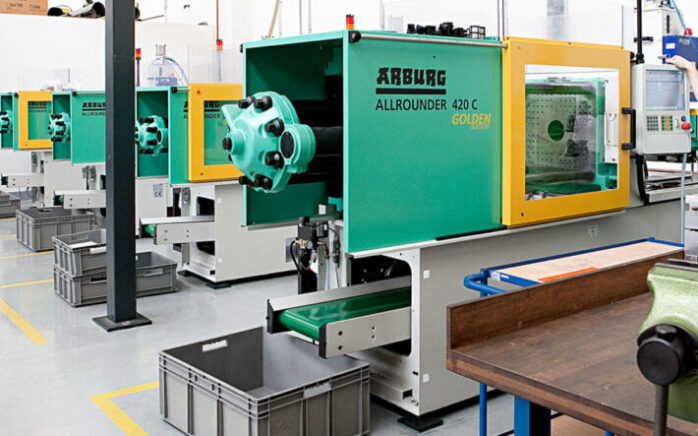
More Design Freedom
One clear and obvious benefit is that plastic injection molding machine allow manufacturers greater design freedom when designing the molds. This is because the material in question can be easily manipulated into the shape or form that manufacturers need it to be.
High Level of Detail
Another benefit that is closely tied to the design process of these molds is that manufacturers also have the freedom to create parts with a high level of detail.
Anything from complex geometry to random patterns can be achieved through the use of these molds.
Can Be Combined With Other Materials
A sub-process of plastic injection molding, called 2 shot molding, makes it possible for two materials to be combined into a single mold.
This means that you can create a part that uses synthetic and metal, rubber, etc. You could even use two of the same materials but with a different color; a very popular 2 shot molding combination.
A clear example of this would be a plastic toy that has metal screws keeping it in place.
For more information about such combinations, make sure to visit Qmolding.
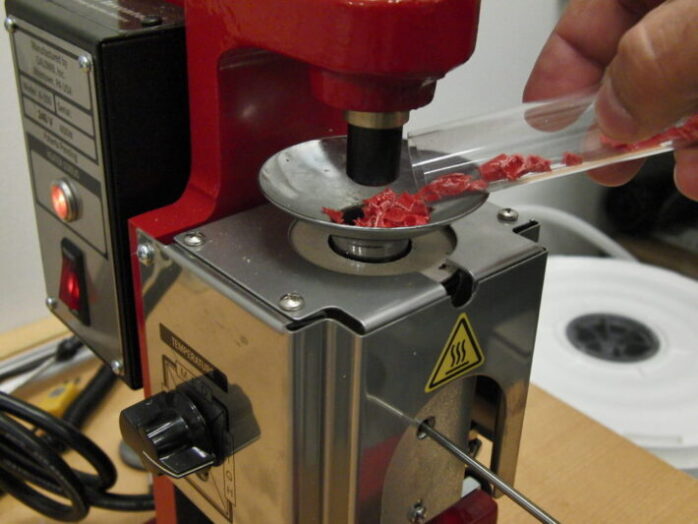
Automation
You cannot run such a molding service without using automation. This is a clear benefit as automation makes everything easier and faster.
While it does cost to fully automate your business, the rewards can drastically outnumber the costs.
Automation does not only save you money on operating costs, but also on production costs, labor costs, but also increase your production output.
No Waster
Plastic injection molding is such a cost-effective method of producing parts and components that you literary have little to no material waste.
This means that any material that gets unused during the manufacturing process can be re-used with other parts.
The industry has grown so much that it is a vital cog in the machinery that creates everyday things. We use this material for literary millions of things, and it’s all made possible through injection molding.
Before we finish off, let’s take a look at some of the disadvantages of using it.
Downsides to Plastic Injection Molding
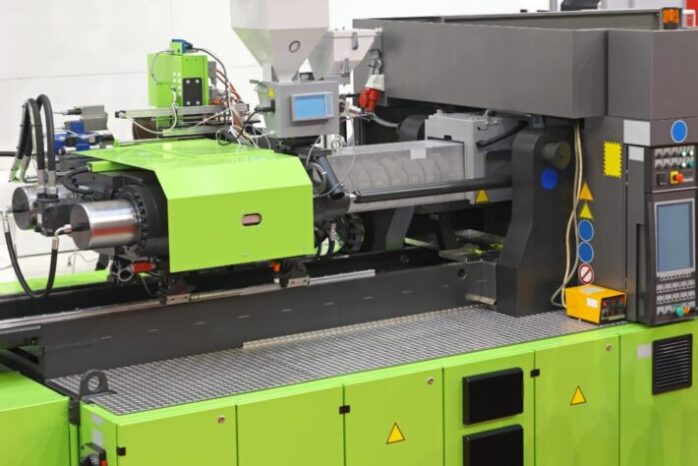
High Level of Attention is Needed
While not exactly a disadvantage, but every part needs to be made exactly how the blueprint says. This means that the mold must be made with high attention to detail, as any mistake can effectively render the part or component useless.
Sometimes More Pieces Need to Make the Puzzle
If we take a look at the manufacturing process, sometimes a single mold isn’t enough to create the part or item or component we need.
Sometimes we need more than a single mold to create the item we need; this is often the case with the industry. Not every time do we need a plastic chair manufactured; sometimes we manufacture far more complex things.
Price is (Not Often) Right
There are various factors that make up the final price of plastic injection molding. While we talked that this method is significantly cheaper than metal injection molding, the size of the part can greatly increase the price.
Another factor to consider is the design of each part. Namely, a more complex design will cost more. Add to the fact that you need to specifically shape the part to be heat-tolerable and you’ve got yourself a pretty hefty fee to pay for a single part.
But, as we said, this is a far better option than creating metal parts for things that do not actually require it.


